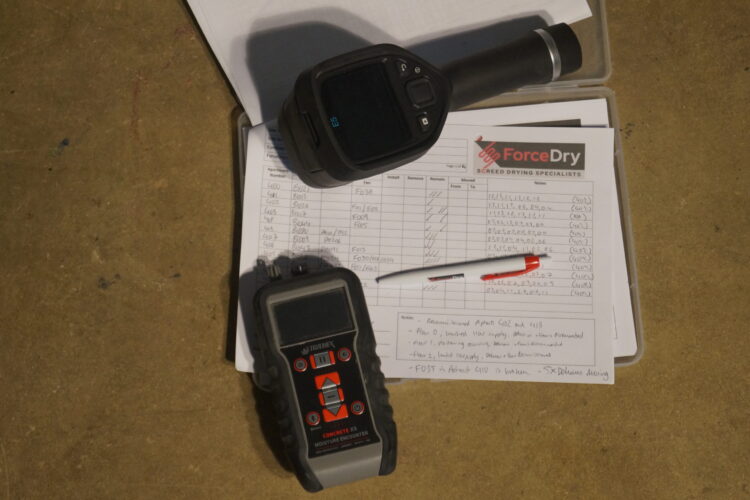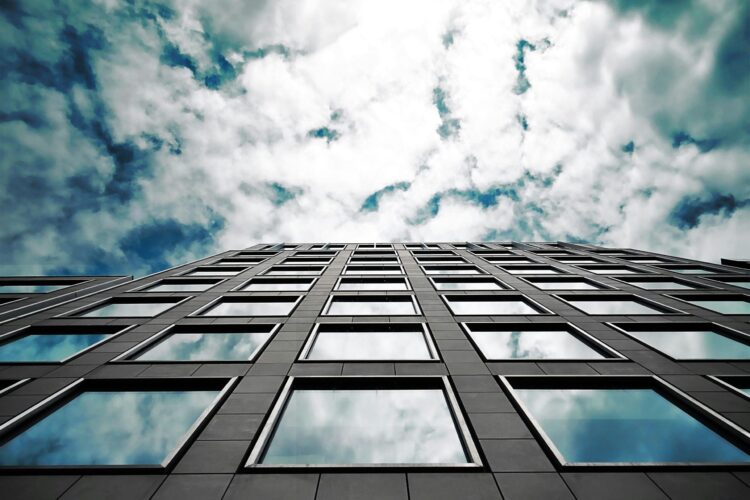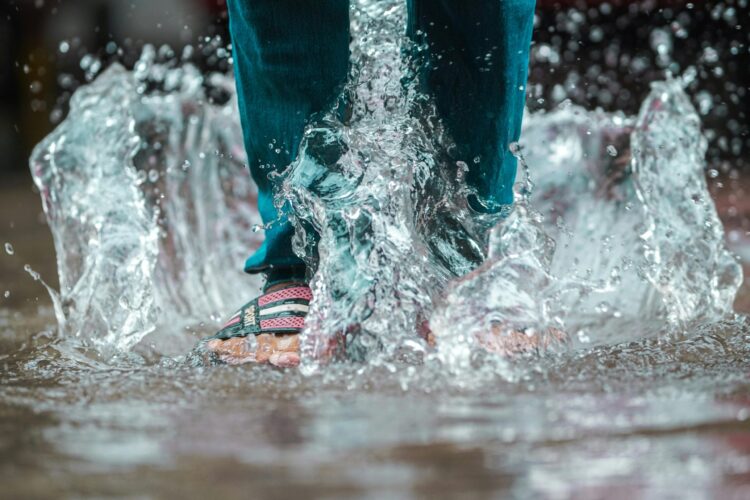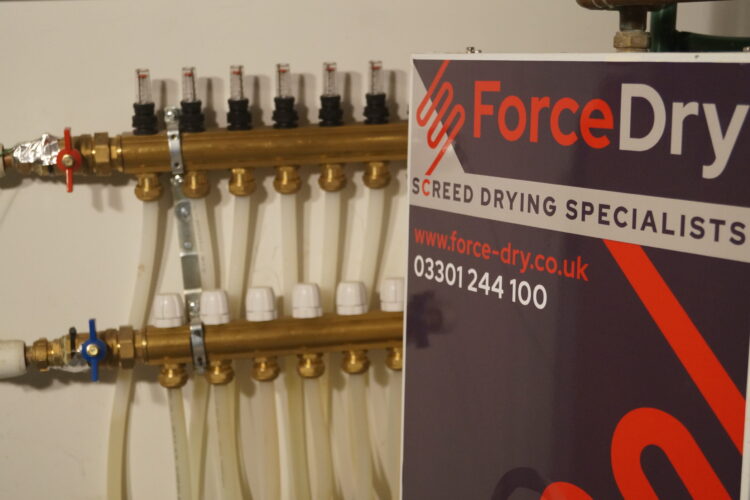How to Ensure Fast and Effective Screed Drying on Construction Sites
There are many different types of screed available on the market, but they all share one essential requirement; the right conditions for proper drying.
Optimal Conditions for Screed Drying
The majority of screed types require an air temperature of 20°C and a relative humidity of 65% or below for 24 hours a day throughout their drying period. To ensure accurate drying times for your specific screed type, always refer to the manufacturer’s technical data sheet.
Why Natural Drying Conditions Are Unreliable
Relying solely on natural drying conditions is not an effective way to speed up screed drying. Achieving perfect environmental conditions for the entire drying period is rare, especially in the UK climate, even in the summer, where unpredictable weather can significantly delay drying times. Many construction sites experience screed that remains damp for weeks or even months, causing delays and increasing project costs.
How to Create the Right Drying Environment
To accelerate screed drying and maintain the ideal environment, heat is crucial. Here are the best methods to introduce heat effectively:
If a central heating system is installed, underfloor heating or radiators can be used to establish and maintain the required baseline temperature.
Temporary Electric Boilers can be hired and connected to the underfloor heating system, ensuring consistent and controlled heating, which prevents screed damage caused by rapid temperature fluctuations.
Space Heaters can be used if there is no underfloor heating, and industrial space heaters can be used to circulate warm air, helping to stabilise the drying process.
Managing Humidity for Faster Screed Drying
When heat is added to a screed drying environment, moisture levels in the air increase. This is where relative humidity (RH) control plays a vital role.
Pairing heating systems with industrial dehumidifiers helps extract excess moisture, preventing condensation and accelerating drying times. High capacity dehumidifiers create a stable drying environment, ensuring screed dries efficiently without compromising quality.
Common Mistakes to Avoid
- Opening Windows – While it may seem logical to increase ventilation, opening windows can introduce unpredictable humidity levels that negatively impact drying.
- Inconsistent Temperature – Keep doors closed and maintain stable environmental conditions to prevent unnecessary moisture fluctuations.
- Poor Housekeeping – Keep the site clean and organised to minimize disruptions to the drying process.
For efficient screed drying, using a combination of heat, controlled humidity, and proper airflow is essential. Avoiding reliance on natural drying conditions and implementing specialist drying equipment will save time, reduce costs, and keep your construction project on schedule. If you need professional screed drying solutions, contact a specialist to find the best equipment for your site needs.
Related Blog Posts






